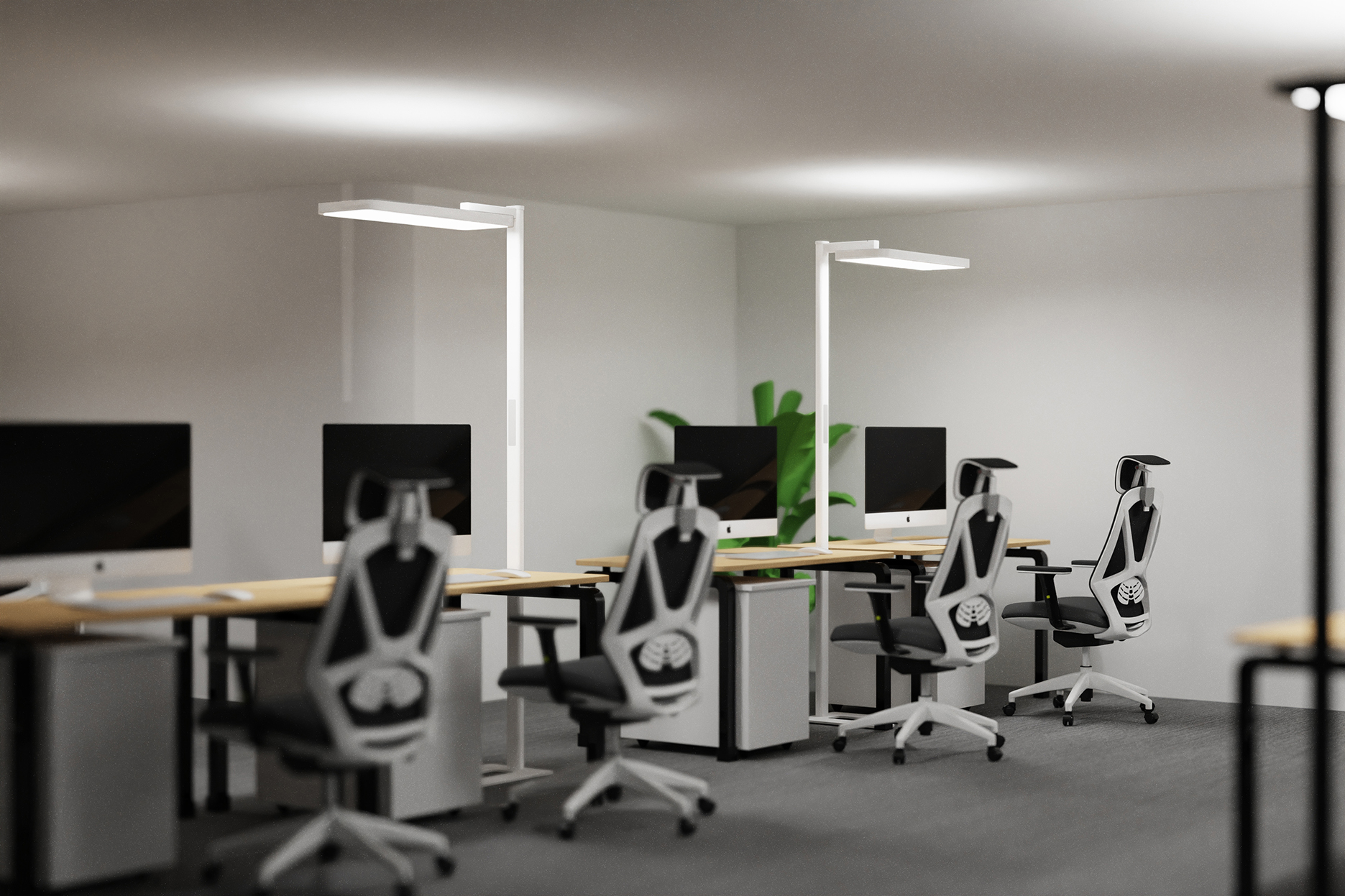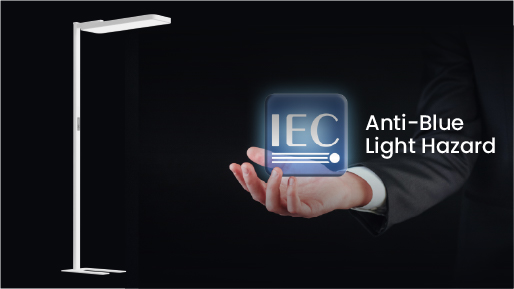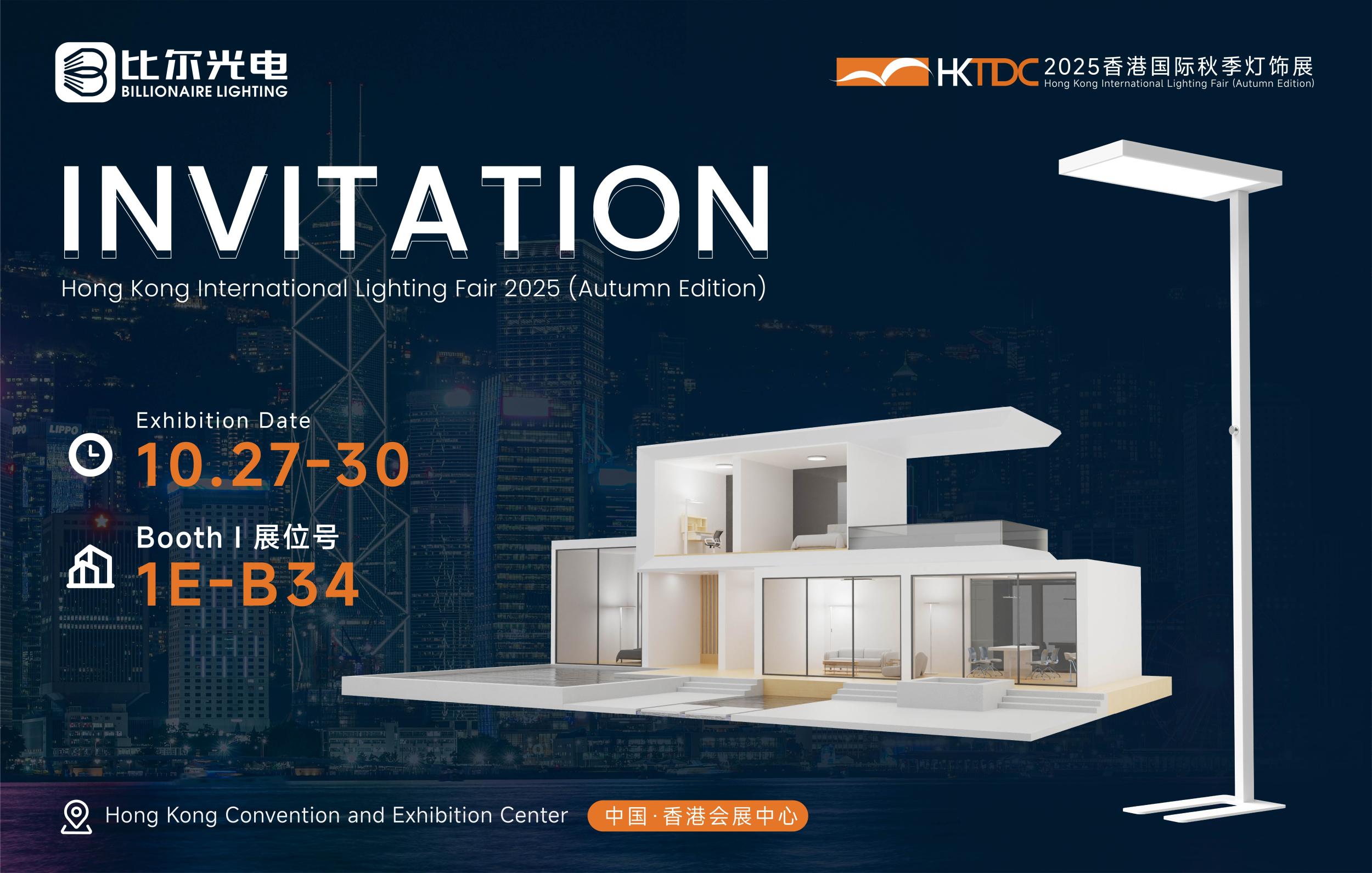LED Around Freestanding Luminaire: Illuminating the Future of Lighting
Introduction
In the ever-evolving world of lighting technology, LED around freestanding luminaires have emerged as a remarkable innovation. These luminaires combine the versatility and energy efficiency of LED lighting with the functionality and aesthetic appeal of freestanding fixtures. They are becoming increasingly popular in a wide range of settings, from residential interiors and commercial spaces to outdoor landscapes. This comprehensive exploration delves into the intricate details of LED around freestanding luminaires, covering their design, technology, applications, benefits, and considerations for optimal use.
Design Diversity and Aesthetics
LED around freestanding luminaires come in an astonishing variety of designs, catering to diverse tastes and decor requirements. At one end of the spectrum, there are sleek and minimalist models that feature clean lines and a modern, industrial look. These are often crafted from materials like aluminum or stainless steel, with a polished or brushed finish that adds a touch of sophistication. The LED strips are strategically integrated, sometimes hidden within the structure to create a seamless glow effect. For instance, in a contemporary living room, a slender freestanding luminaire with an opaque diffuser can emit a soft, ambient light that complements the room's clean design aesthetic, serving as a subtle yet impactful decorative element.
On the other hand, there are ornate and decorative designs that draw inspiration from classic and vintage styles. These luminaires may incorporate elements such as carved wood bases, intricate metal filigree, or glass accents. The LED lighting is carefully arranged to enhance these decorative features, highlighting the craftsmanship. In a hotel lobby or a high-end boutique, such a luminaire can act as a focal point, attracting attention with its opulent appearance and warm, inviting light. The color options for the luminaire's body and the light emitted are also extensive. Neutral tones like white, black, and silver are timeless and blend well with any decor, while bold colors can make a statement, adding a pop of vibrancy to a space.
LED Technology Integration
The heart of these luminaires is the LED technology. LEDs offer numerous advantages over traditional lighting sources. Firstly, they are highly energy-efficient, consuming significantly less power while providing bright and consistent illumination. This makes them an ideal choice for both energy-conscious consumers and commercial applications where large numbers of luminaires are used. For example, in an office building, replacing old fluorescent freestanding lamps with LED around luminaires can result in substantial energy savings over time.
The color temperature of LEDs can be precisely controlled. They can produce a warm, yellowish light similar to incandescent bulbs (around 2700K - 3000K) for a cozy, relaxing atmosphere, or a cool, white light (5000K - 6500K) suitable for tasks that demand high visual acuity, such as reading or working on a computer. Some advanced models even offer dynamic color-changing capabilities, allowing users to switch between different color temperatures or even create colorful lighting effects. This is particularly popular in entertainment venues and event spaces, where the mood can be instantly transformed with a simple adjustment of the luminaire's settings.
Moreover, the lifespan of LEDs is remarkably long compared to incandescent and fluorescent bulbs. They can last tens of thousands of hours, reducing the need for frequent bulb replacements. This not only saves on maintenance costs but also minimizes the hassle of constantly changing bulbs in hard-to-reach freestanding luminaires.
Applications in Different Settings
Residential applications of LED around freestanding luminaires are vast. In living rooms, they can be used to create a warm and inviting ambiance for family gatherings or movie nights. Placing a luminaire beside a reading chair provides focused task lighting, while a taller model in a corner can flood the room with ambient light. In bedrooms, a dimmable freestanding luminaire can offer a soothing glow for relaxation and sleep, with the option to increase the brightness for activities like getting dressed in the morning.
In commercial settings, these luminaires have found their place in retail stores. They can be used to highlight products, drawing customers' attention to specific displays. The adjustable color temperature and brightness allow store owners to create the perfect lighting environment to showcase their merchandise. In restaurants, a well-placed LED around freestanding luminaire can enhance the dining experience, creating a romantic or lively atmosphere depending on the occasion. In office spaces, they supplement the existing lighting system, providing additional illumination for collaborative areas or individual workstations.
Outdoor landscapes also benefit from these luminaires. In gardens, they can illuminate pathways, making it safe to walk at night. Their waterproof and durable designs ensure they can withstand the elements. Around patios and pool areas, LED around freestanding luminaires can create a magical atmosphere, allowing for evening entertaining and relaxation.
Benefits for Energy Efficiency and Sustainability
The energy efficiency of LED around freestanding luminaires has a profound impact on both the environment and the economy. From an environmental perspective, reduced energy consumption means lower carbon emissions. As more and more buildings and homes adopt these luminaires, the cumulative effect on reducing our carbon footprint is significant. In addition, the long lifespan of LEDs means fewer bulbs end up in landfills, further reducing waste.
Economically, the energy savings translate into lower electricity bills for consumers and businesses. Over the long term, the initial investment in LED around freestanding luminaires pays off as maintenance and replacement costs are minimized. For example, a small business that upgrades its lighting to these energy-efficient luminaires can see a noticeable reduction in its monthly utility expenses, freeing up funds for other aspects of its operations.
Considerations for Installation and Maintenance
When installing LED around freestanding luminaires, several factors need to be taken into account. Firstly, the power source and wiring must be appropriate for the luminaire's wattage and voltage requirements. It's essential to follow the manufacturer's instructions carefully to ensure safe and proper installation. In some cases, professional installation may be recommended, especially for complex or large-scale installations.
For maintenance, regular cleaning of the luminaire's surface and diffuser is necessary to maintain optimal light output. Dust and dirt can accumulate and reduce the effectiveness of the lighting. Checking the electrical connections periodically for any signs of loose wires or overheating is also crucial. If the luminaire has adjustable features, such as movable arms or rotating heads, ensuring their smooth operation by lubricating the joints from time to time is important. Additionally, as LEDs age, their color temperature and brightness may change slightly. Monitoring these changes and replacing the LEDs when necessary will keep the luminaire performing at its best.
Future Trends and Innovations
The future of LED around freeststand luminaires looks promising. One emerging trend is the integration of smart lighting technology. With the increasing prevalence of the Internet of Things (IoT), these luminaires could be connected to home automation systems. Users could control them remotely via smartphone apps, setting schedules, adjusting color temperatures and brightness levels, and even integrating them with other smart devices in the house. For example, a luminaire could automatically turn on and adjust its settings based on the time of day, the ambient light in the room, or the presence of people.
Another potential innovation is the development of more advanced materials and manufacturing techniques. This could lead to even more durable and lightweight luminaires, with enhanced light distribution properties. Additionally, there may be further improvements in the color rendering capabilities of LEDs, allowing for more accurate and vivid color reproduction, which would be especially beneficial in applications such as art galleries and photography studios.
Conclusion
LED around freestanding luminaires represent a significant leap forward in lighting technology. Their combination of design versatility, energy efficiency, and wide range of applications makes them a valuable asset in modern living and working environments. By understanding their features, benefits, and considerations, consumers and professionals alike can make informed decisions when choosing and using these luminaires. As technology continues to advance, we can expect even more exciting developments in this field, further enhancing the way we illuminate our spaces and improving our quality of life. Whether it's creating a cozy home, a productive workplace, or a magical outdoor setting, LED around freestanding luminaires are poised to play a central role in the lighting landscape for years to come.



